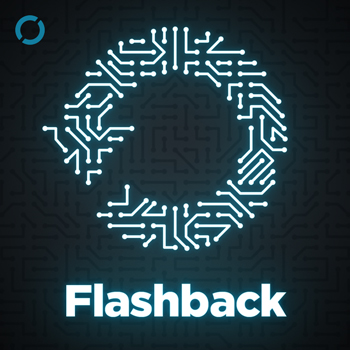Latest Episodes
#25: On PC Clones & The End of the Road for IBM’s Personal Computer Business
January 6th, 2022 · 38 minutes
IBM quickly lost control of the market it had helped create, going from industry-leader to quietly exiting the personal computer business in just a couple of decades.
#24: Later IBM PC Models
December 3rd, 2021 · 26 minutes
The first IBM PC kicked off what would be a line of computers that would be sold through the 1980s. This week, Quinn and Stephen hit the high points of this beige wave.
#23: IBM's Search for an Operating System
November 23rd, 2021 · 26 minutes
With its PC built, IBM needed to find an operating system that would run on it. Its choice would change the computer industry forever.
#22: Building the Personal Computer
November 4th, 2021 · 28 minutes
The IBM Personal Computer was developed in a shockingly short period of time. This time, Quinn and Stephen discuss the machine's hardware as well as some of the company's earlier attempts at personal computers.
#21: The International Business Machines Corporation
October 21st, 2021 · 45 minutes
This season on Flashback, Quinn and Stephen are covering the rise — and fall — of IBM's PC business, but first: some background on the enormous company that Apple and so many others lived in the shadow of back in the 80s.
#20: Windows Vista
June 3rd, 2021 · 48 minutes
The story of Windows Vista is a complicated one. Born from a long and troubled development cycle, it wasn't free of problems at launch, but hardware OEMs and others didn't do much to help its reputation.
#19: The Apple Lisa
May 21st, 2021 · 38 minutes
In the early 1980s, Apple launched a computer with a GUI and mouse ... that wasn't the Macintosh.
#18: The Google Graveyard Draft
May 6th, 2021 · 69 minutes
Google has a knack for shutting down products. This episode, Stephen and Quinn talk about a handful of them.
#17: The Palm Foleo
April 22nd, 2021 · 46 minutes
A phone. An email terminal. A web-browsing portable companion. A phone. An email terminal. A web-browsing portable companion.
Are you getting it? These are not three devices.
It's two devices, and we're calling them your Palm phone and Foleo.
#16: ROKR: The iTunes Phone
April 8th, 2021 · 52 minutes
A year and a half before the iPhone was introduced, Apple took the stage to announce a very, very different product: the iTunes phone, built in partnership with Motorola and Cingular.

